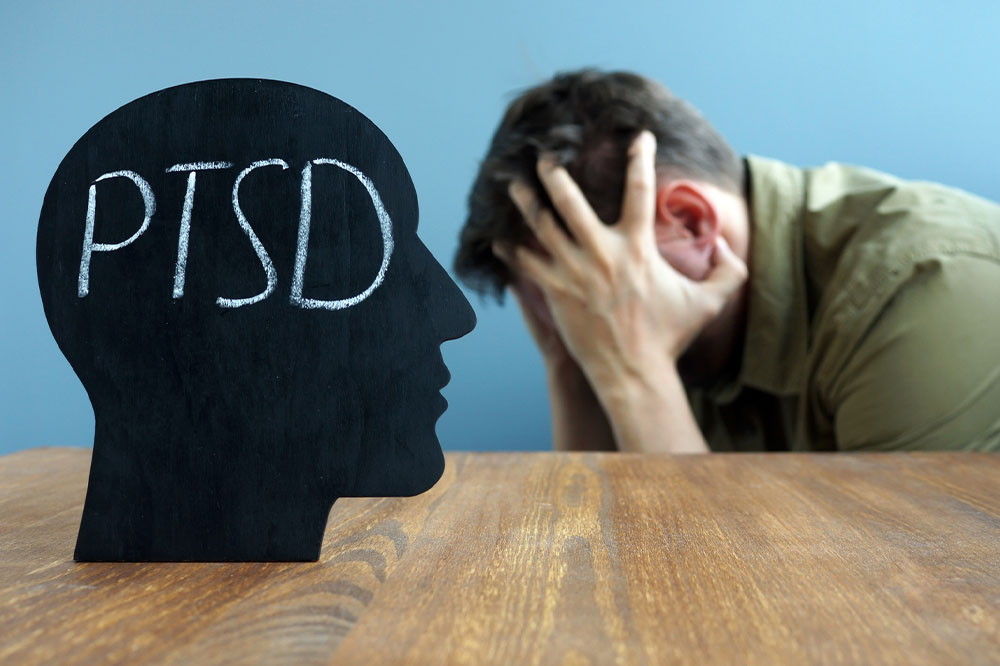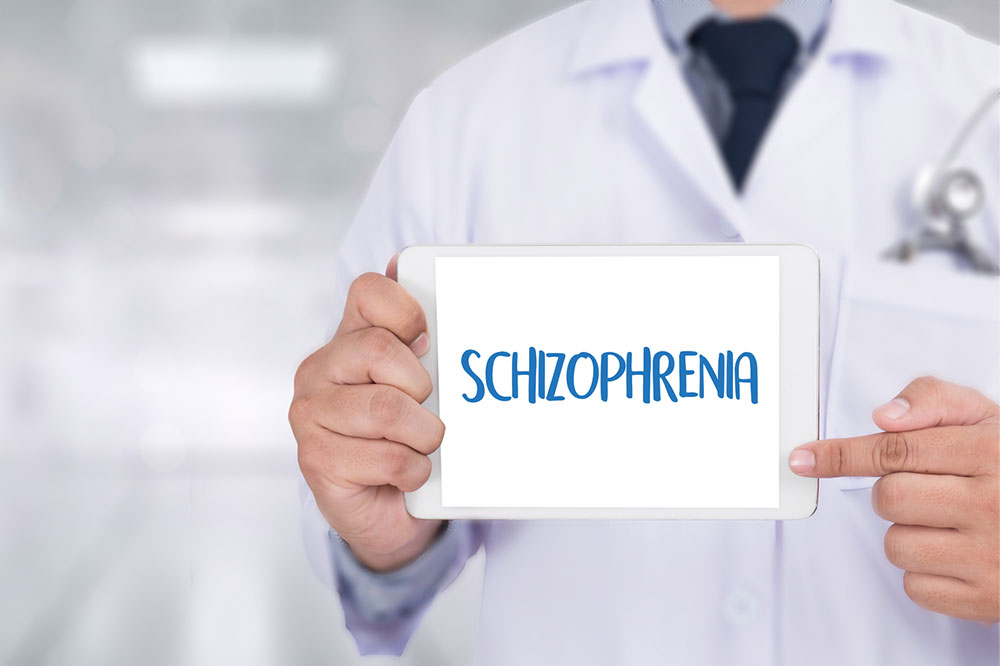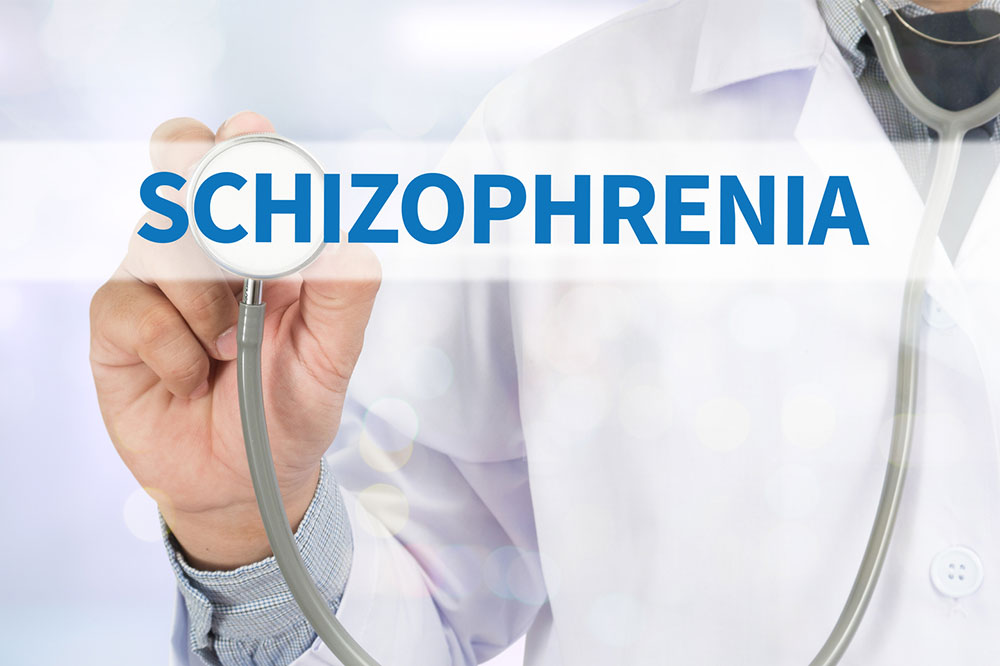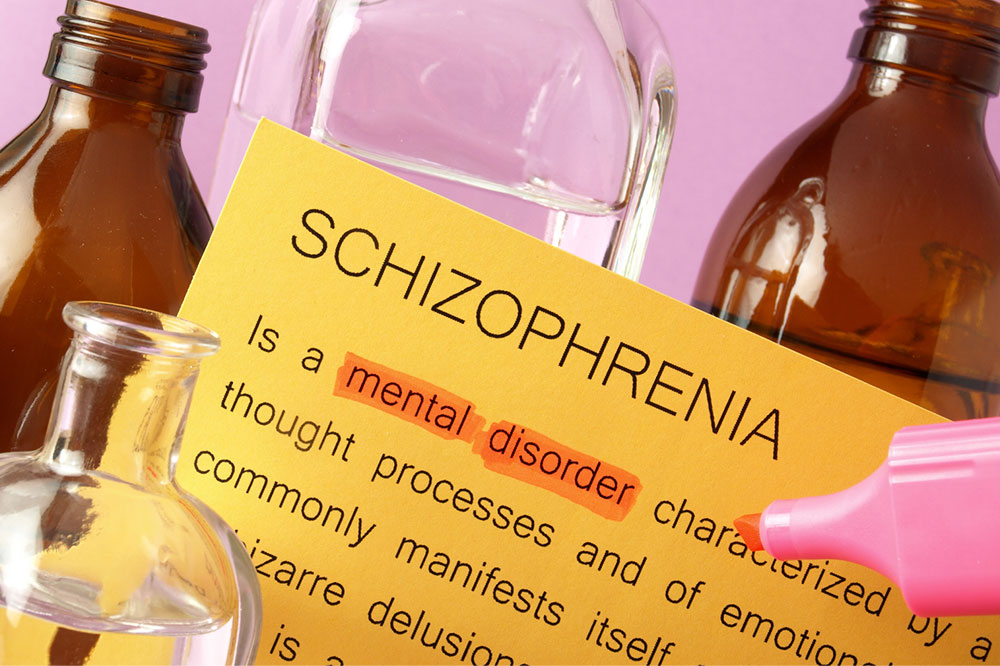Comprehensive Guide to PTSD: Causes, Symptoms, and Effective Treatment Strategies
This comprehensive article explores PTSD including its causes, symptoms, and treatment options. It highlights the importance of early detection and professional intervention for recovery. The piece covers how trauma impacts mental health and provides insights into therapies like CBT and EMDR that help manage symptoms effectively, offering hope for those affected by post-traumatic stress disorder.

Comprehensive Guide to PTSD: Causes, Symptoms, and Effective Treatment Strategies
Post-Traumatic Stress Disorder (PTSD) is a complex mental health condition that affects countless individuals worldwide. It often develops after experiencing or witnessing traumatic events that threaten safety, cause profound emotional distress, or lead to physical harm. These events can include a wide range of incidents such as severe accidents, natural disasters like hurricanes or earthquakes, exposure to combat or warfare, facing serious illnesses, or experiencing personal losses like the death of a loved one. Despite the commonality of trauma, not everyone exposed will develop PTSD, and the severity and duration of symptoms vary significantly from person to person. Recognizing the signs early and understanding the underlying causes and treatment possibilities are essential for effective recovery and improving quality of life.
Understanding the Causes of PTSD
PTSD can manifest following experiences that invoke intense fear, helplessness, or horror. While it is clear that exposure to trauma is a prerequisite, the precise biological and psychological mechanisms behind the development of PTSD are still subjects of ongoing research. Not everyone who encounters traumatic events develops this disorder, which indicates that individual resilience, social support networks, and genetic factors play crucial roles in the process. Certain biological changes, such as heightened activity in the brain’s amygdala (the area responsible for processing fear), reduced volume in the hippocampus (which governs memory formation), and dysregulation of stress hormones like cortisol, contribute to the disorder’s manifestation.
Research also suggests that PTSD may be a coping strategy where the affected individual uses heightened adrenaline and stress responses to process and survive the trauma. Common traumatic triggers encompass various life-altering experiences, including life-threatening accidents, persistent harassment or abuse, exposure to warfare or combat zones, devastating natural calamities like floods or earthquakes, difficult childbirth experiences, the loss of loved ones, or battling chronic illnesses. Each individual’s response to trauma varies based on personal history, genetic vulnerabilities, and social environment, making PTSD a highly individualized disorder that demands tailored treatment strategies.
Understanding the roots of PTSD involves exploring how the brain and body respond to traumatic events. Prolonged or intense trauma can overtax the brain’s ability to process stress, leading to lasting changes. This can include increased adrenaline secretion, which keeps the individual in a heightened state of alertness, and a diminished capacity of the hippocampus to encode memories correctly, resulting in intrusive thoughts and flashbacks. Therefore, trauma impacts both mental and physical health, often leading to long-term emotional and behavioral issues.
Recognizing the Signs and Symptoms of PTSD
PTSD symptoms typically surface within three months after trauma exposure but may sometimes emerge months or even years later. Early recognition is vital for timely intervention, which can significantly reduce the impact of the disorder. Symptoms are generally categorized into four broad groups:
Re-experiencing Symptoms: Individuals may experience distressing flashbacks, intrusive memories, or nightmares related to the traumatic event. These involuntary recollections can be vivid and overwhelming, leading to significant distress and flashbacks, which make the person feel as though they are reliving the trauma.
Avoidance and Emotional Numbing: Those affected might persistently avoid places, people, or activities that remind them of the trauma. They may also feel emotionally detached, numb, or disconnected from loved ones, making it challenging to engage in normal social or recreational activities.
Altered Mood and Thought Patterns: Feelings of guilt, shame, fear, or anger often emerge alongside negative beliefs about oneself or the world. There may be a marked decrease in interest in previously enjoyed activities and social withdrawal, further compounding feelings of loneliness and despair.
Arousal and Hyperactivity Symptoms: These include increased irritability, difficulty concentrating, hypervigilance, exaggerated startle responses, reckless behaviors, and emotional volatility. Sleep disturbances, such as insomnia or restless sleep, are also common, along with physical symptoms like sweating or stomach upset.
Other signs encompass panic attacks, physical symptoms such as nausea or sweating, and memory problems related to the traumatic experience, all contributing to impaired daily functioning and reduced quality of life.
Effective Treatment Options for PTSD
Addressing PTSD requires early and appropriate intervention, typically involving mental health professionals specializing in trauma and anxiety disorders. Treatment approaches are tailored based on individual symptoms, severity, and personal circumstances. Early-stage or mild cases may resolve with minimal intervention under medical supervision, but persistent cases often necessitate structured therapy.
Monitoring and Support: For some individuals, professional monitoring and supportive care might be sufficient to facilitate recovery without intensive therapy, especially if symptoms are mild and improving over time.
Psychotherapy: Evidence-based therapies such as Cognitive Behavioral Therapy (CBT) are among the most effective in treating PTSD. CBT helps individuals identify and alter negative thought patterns and develop healthier coping strategies. Eye Movement Desensitization and Reprocessing (EMDR) therapy, which involves guided eye movements, aims to reprocess traumatic memories, reducing their emotional impact and helping the individual regain control over their emotional responses.
Medication: In some cases, pharmaceutical treatments like selective serotonin reuptake inhibitors (SSRIs) or other antidepressants may be prescribed to manage symptoms such as anxiety, depression, or hyperarousal.
The primary goal of treatment is to restore emotional stability, reduce intrusive symptoms, and improve daily functioning. Support groups, mindfulness practices, and stress management techniques may also be integrated into treatment plans.
Living with PTSD can be challenging, but with proper care, recovery is entirely possible. Understanding the disorder, recognizing early signs, and seeking appropriate professional help are vital steps toward overcoming the lasting impacts of trauma and leading a healthier, more fulfilling life.





